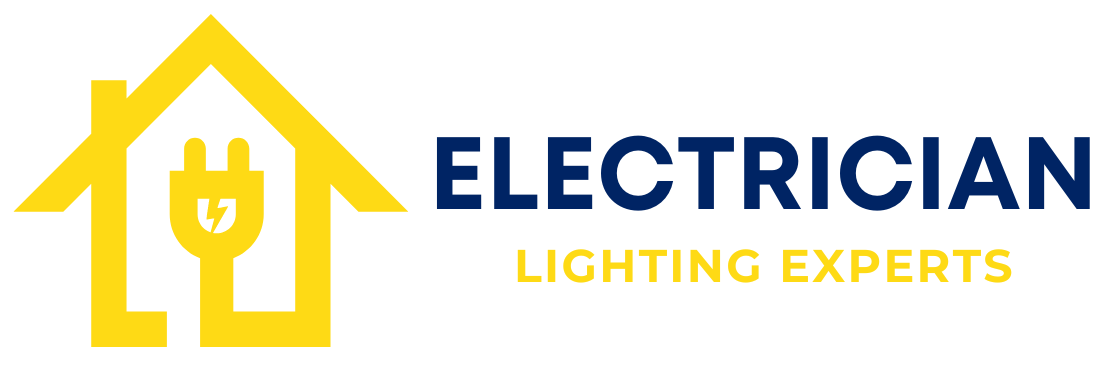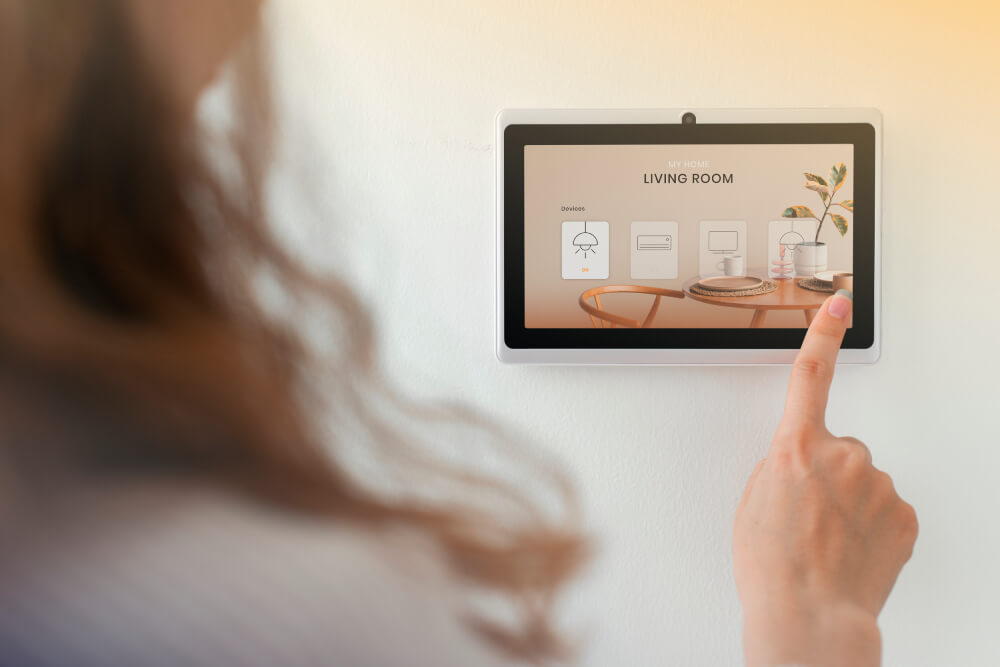Introduction
Given the ongoing growth in energy costs, high electricity bills can be a major financial hardship. In addition to being crucial for cost reduction, optimizing energy on electricity use makes a home more environmentally friendly. Energy use quickly mounts up from powering common appliances to heating and cooling systems. Homeowners can find areas of excessive energy usage and put workable remedies in place by changing to more energy-efficient appliances, boosting lighting and insulation, and adopting better practices. This post will discuss practical ways to lower power costs without sacrificing comfort, guaranteeing long-term savings, or encouraging your home to use energy more efficiently.
1. Optimize Energy Usage with Smart Appliances and Devices
Since they provide you more control and efficiency over how much energy your home uses, smart appliances and gadgets have grown in popularity. For instance, smart thermostats enable homeowners to remotely monitor and control their heating and cooling systems, guaranteeing peak performance. You can prevent needless energy use when you’re not home by scheduling these devices to work with your schedule.
Furthermore, real-time electricity usage tracking is possible with smart home technologies like energy monitoring systems, which may reveal which appliances are using the most electricity. This assists you in identifying devices that use a lot of energy and identifying the habits that are causing excessive electricity use. Saving a lot of money over time might result from tweaking the settings on appliances like dryers, washing machines, and refrigerators.
2. Switch to Energy-Efficient Appliances
Making the switch to energy-efficient appliances is one of the best strategies to lower electricity costs. Choose appliances with the Energy Star designation, which certifies that they adhere to stringent energy efficiency standards established by the SIRIM Eco-Label and MyHIJAU Certification. Compared to conventional models, energy-efficient appliances work as well or better while using less electricity.
For example, energy usage can be reduced by 10–50% by swapping out outdated, inefficient air conditioners or refrigerators with more recent models that have earned the Energy Star certification. Although buying energy-efficient equipment may cost more up front, the money you save on your electricity bill over time makes the investment worthwhile. These improvements eventually pay off, lowering your energy use and raising your home’s general efficiency.
3. Seal Air Leaks and Improve Home Insulation
Your power cost may rise as a result of major energy loss caused by air leaks in your house. In order to maintain a suitable indoor temperature, your HVAC system must work harder than necessary because warm air escapes in the winter and cool air escapes in the summer. By sealing air leaks in windows, doors, and walls, you may reduce this loss and raise the energy efficiency of your house.
Air leakage can be considerably decreased by applying spray foam insulation, caulking, or high-quality weatherstripping. Enhancing the insulation in your basement, walls, and attic also helps to keep the temperature within your home constant, which lessens the strain on your heating and cooling systems. You may reduce your overall electricity consumption and avoid needless energy waste by caulking gaps and making sure your house is well-insulated.
4. Use Energy-Efficient Lighting
One of the easiest and most economical methods to cut back on electricity use is to switch to energy-saving lighting. Modern LED (light-emitting diode) bulbs last longer and use less energy than traditional incandescent bulbs. Because LED bulbs last longer and use up to 80% less energy, they save money on electricity and eliminate the need for frequent replacements.
Upgrade all of the lights, ceiling fixtures, and outdoor lighting in your house with LED lighting instead of incandescent bulbs. During the warmer months, LED lamps not only use less energy but also produce less heat, which lessens the strain on your air conditioner. To further guarantee that lights are only utilized when needed, motion sensors and timers can be installed in places like toilets, outdoor areas, and hallways.
5. Manage Heating and Cooling Efficiently
In most homes, the biggest energy users are the heating and cooling systems. Effective management of these systems is crucial to lowering electricity costs. To begin, make sure your HVAC system is operating at its best by cleaning or changing the filters, inspecting the ducts for leaks, and doing routine maintenance.
Choose a setting on your thermostat that is both comfortable and energy-efficient. For instance, in the winter, turn the temperature up when you go home and down when you leave. In a similar vein, raise the thermostat a few degrees when you’re away in the summer. Smart or programmable thermostats are particularly helpful because they let you set the temperature automatically according to your daily routine.
Installing ceiling fans in living areas can also improve comfort and reduce reliance on air conditioning. Ceiling fans circulate air effectively, making rooms feel cooler without lowering the thermostat too much. Every degree adjustment in your thermostat can lead to noticeable energy savings, helping reduce your overall electricity usage.
6. Reduce Appliance Standby Power
“Phantom loads” refer to the power consumed by appliances and devices even when they are turned off. Common culprits include TVs, gaming consoles, chargers, and kitchen appliances. These devices continue to draw power in standby mode, contributing to unnecessary electricity consumption.
To combat this, unplug devices when not in use or use power strips with an on/off switch to easily cut power to multiple devices at once. Smart power strips are another convenient option, as they can detect when devices are not in use and automatically shut off power. Reducing phantom loads can contribute to noticeable energy savings over time.
7. Monitor Your Energy Usage
By keeping an eye on your energy usage, you may see where you’re using the most electricity and find areas where you can reduce. You may track your electricity consumption by hour, day, or month with the help of internet tools and apps that utility companies frequently provide.
You can spot trends and modify your energy usage by keeping an eye on this data. For instance, you may find that using many appliances at once or running the dishwasher during peak hours raises your electricity costs. Costs can be decreased by moving those activities to off-peak times.

